The oft-repeated narrative is that the losers from the recession are the big four, and the winners are Waitrose, M&S and the discounters. But Waitrose’s surprise statement last week that “unprecedented investment” would impact its first-half profits suggests its market position may not be as comfortable as imagined.
The announcement comes after a period of sluggish trading. As reported in The Grocer last week (p8), in the five weeks to 19 July sales growth averaged just 0.64%, and for two of those weeks it was negative, according to the retailer’s own weekly trading updates. Waitrose was previously enjoying much higher rates of growth. In the prior 20 weeks, Waitrose growth averaged 5.5%.
So has the tide turned for Waitrose or is this just a blip?
MD Mark Price last week cited heavy investment as the reason Waitrose’s profits would be lower, and there is little doubt that the retailer has been investing hard in the first six months of the year, particularly in its store estate. It has opened 15 new branches - 11 more than in the same period last year - and it has completed three major refurbishments, as well as an extension in Alderley Edge. It did no refurbs or extensions last year. Waitrose has also revamped the front of 45 shops, introducing ‘welcome desks’ and mini outdoor garden shops.
At the same time, it has spent heavily on its online business. It is building a new fulfilment centre in Coulsdon, has rolled out grocery click & collect to 11 stores in the first half, bringing the total to 179, and is putting 300 new delivery vans on the road.
However, this investment was pre-planned. That’s why analysts believe there must be more to Waitrose’s surprise statement from last week. “I think Waitrose always planned for a soft first half, but the Tesco price matching and a weak July made the outcome worse than expected,” says independent retail analyst Nick Bubb.
In the wake of the price war, Waitrose has had to follow any cuts to branded prices at Tesco through its Brand Price Match scheme. As Price pointed out last week, it has also cut own-label milk and butter prices for myWaitrose cardholders without cutting what it pays farmers.
Bubb believes Waitrose’s operating margin - 5.4% last financial year - is likely to be well below 5% this year. And although sales growth has picked up again (coming in at 6.7% in the week to 26 July), he says the recent trading figures indicate Waitrose is not immune to the rise of the discounters.
“The unaccustomed bad PR that Waitrose has received recently may serve as a welcome wake-up call for management: that giving customers free coffee is no substitute for really helping to cut their hefty weekly shopping bills, and that as Aldi further improves its fresh food offer and opens more South East stores it will become more of a competitive threat.”
Market volume growth absent
But there are wider issues at play. The industry has added about 3% extra capacity in new stores over the past year [HSBC] but grocery value sales are up just 0.9% [Kantar 12 w/e 20 July] - the lowest in 10 years. “It was a hugely significant announcement, more for what it says about the state of the market than Waitrose,” says Planet Retail analyst Stephen Springham. “This should make people sit up and see how tough it is out there. While competition gets stronger and stronger, volume growth is absent.”
And Waitrose is not alone in feeling the impact. Fellow premium retailers M&S and Ocado have also seen recent sales performance slip. In M&S’s case, this went largely unnoticed because much media focus has been on its struggling clothing business, but last month the retailer reported its worst underlying food sales growth since Marc Bolland became CEO.
By Waitrose’s own admission, the market is incredibly tough. “UK grocers are operating in probably the most challenging environment that food retailing has ever faced,” it told The Grocer this week. “More people are shopping more frequently and wasting less. More people are shopping in convenience shops, eating out and shopping online. All these things are creating a more turbulent time for the grocery industry than most people can remember.”
Few believe Waitrose has made any big mistakes that could be to blame for the deterioration. One possible exception is in online. Some analysts believe the growth of online is a particularly strong drag on profits at Waitrose because, unlike the big four, it offers free delivery - although last month it increased the minimum spend for this from £50 to £60.
“Offering free delivery is bound to hurt margins as picking and delivering is expensive,” says Sequoia Partnership consultant David Bosomworth. “At a third of the size of Ocado, they lack the size to unlock picking scale economies.”
Others are more optimistic and believe Waitrose will survive the current challenges better than most. “I doubt this is the start of a long-term decline, but it may be the start of a couple of years of heavy but necessary investment. Waitrose will reap the benefit further down the line,” says Springham.
Unlike the three listed supermarkets, beholden to shareholders every quarter, Waitrose’s partnership model gives it more freedom to invest for the long term and sacrifice short-term profitability. That is likely to prove a major advantage.
The new reality
- Market growth falls to 0.9% - the lowest rate in 10 years [Kantar 12 w/e 20 July]
- Tesco CEO Philip Clarke exits after three quarters of like-for-like sales falls
- Morrisons shares fall 12% in a day after it warns 2014/2015 underlying profits would be £325-£375m, well below analyst consensus estimates of £732m
- Sainsbury’s reports its first fall in quarterly like-for-like sales in nine years
- Lowest underlying quarterly food sales growth at M&S since Marc Bolland took over as CEO







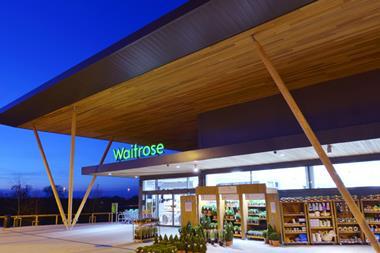
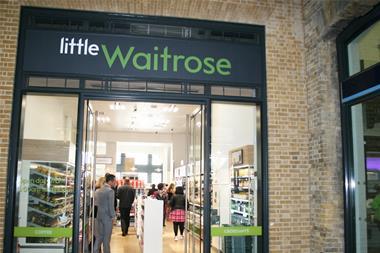
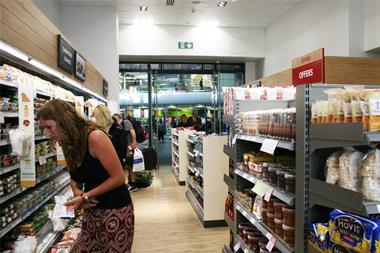
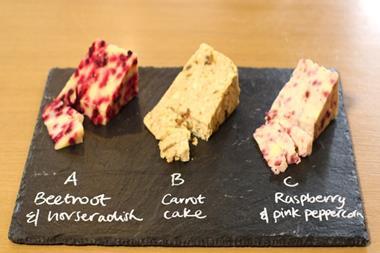



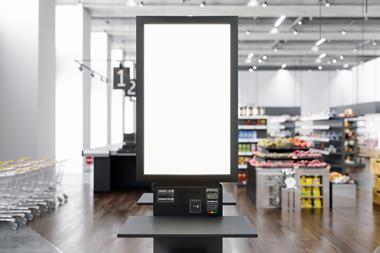
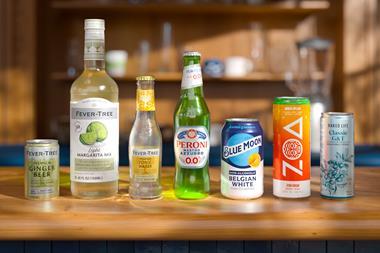



No comments yet